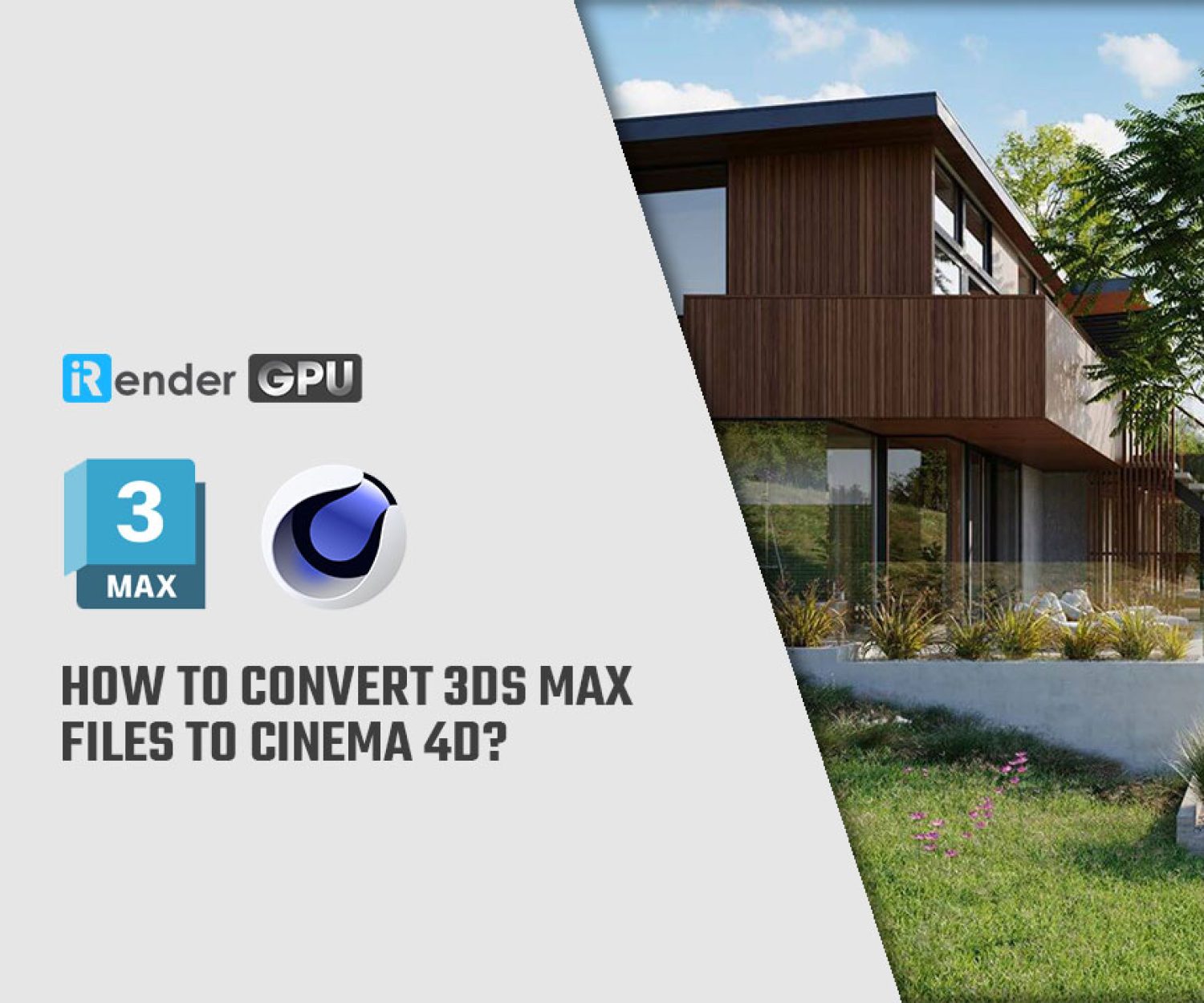Ideal workstation for Houdini
Houdini is well-known for its procedural generation expertise, and it has been used in numerous blockbusters including Frozen, Rio, and Zootopia.
Houdini is capable of modeling all conventional geometries, key-framed animation, and motion capture. Particle rendering, fluid dynamics, rigid body dynamics, and curve and fabric simulation are all included. Furthermore, it has a number of built-in and third-party renderers. Lighting, compositing, volumetrics, and a large community interest in developing plugins are all available.
In this article, let’s together learn more about how to have a ideal workstation for Houdini.
Processor
3D Modeling
Meshes, polygon extrusion, and other 3D modeling activities are single-threaded, which means they only need one CPU core. We propose a 4- to 6-core processor with a high clockspeed if you plan to use this software mostly for modeling (3.5GHz and above).
Animation
Animation, like 3D modeling, is a single-threaded process. As a result, a CPU with a high clockspeed and 4 to 6 cores is advised.
Rendering
While 3D modeling and animation only need one CPU core, rendering is a highly multi-threaded activity that benefits from having a large number of CPU cores.
Memory
3-6GB of RAM per CPU core is often recommended. If you choose a single 12-core CPU, for example, 32GB will enough for routine activities and 64GB would suffice for more demanding applications.
For fluid simulations, a memory of 12 GB or more is necessary, with 64 GB being strongly suggested.
Storage
We recommend that you have two solid-state drives for the optimum performance:
- Primary drive: For the operating system and applications, the primary drive is a solid-state drive (SSD).
- Secondary Drive: SSD for active projects; a dedicated SSD will provide the best performance.
M.2 NVMe PCIe 3.0 SSD performs at 2500MB/s, while 2.5-inch SATA SSD performs at 500MB/s.
A 4TB to 18TB hard disk is recommended for long-term storage or backup of infrequently accessed content. Because the export/rendering process is often not write intensive, hard drives work well for storing export files.
Graphic card
We recommend NVIDIA GeForce RTX graphics cards for post-production video editing because they offer exceptional performance at a lower cost than Quadro cards.
- We propose the NVIDIA GeForce RTX 3060 Ti for setups with a smaller budget.
- The NVIDIA GeForce RTX 3080 Ti is recommended for computers with a larger budget.
- The NVIDIA GeForce RTX 3090 is our top pick for extreme performance.
GeForce or Quadro graphics card
In fact, one of the most popular questions we get is whether to acquire a GeForce or a Quadro graphics card, and what the differences are. In other words, the graphics processor that powers both generations of cards is identical. The processors are actually made on the same production line.
So why is the Quadro so much more expensive than the GeForce? The key reason for this is that Quadro cards’ target clients, who include huge content production studios, oil and resource exploration corporations, and engineering organizations, can afford them, allowing NVIDIA to charge a premium for the few extra functionalities they enable.
The GeForce and Quadro GPUs, on the other hand, are not the same. For example, NVIDIA manages the specifications and quality assurance on all Quadro cards, but third-party board partners manage the specifications and quality assurance for GeForce cards. Quadro cards are also a little more dependable, as NVIDIA selects higher-quality graphics components for them. As a result, there is increased reliability, reduced power usage, and reduced heat output. Quadro cards also include a bigger video memory frame buffer with error correction technology.
Besides, Quadro cards also come with dedicated drivers that have been verified for professional applications such as 3D modeling, animation, and so on. Finally, NVIDIA only allows Quadro GPUs to use double precision floating point (FP64) (note: the new GeForce RTX also have this feature enabled). When calculating computations and drawing graphics, this allows for more precision.
Conclusion
In conclusion, with the mentioned system configuration requirements & Ideal workstation for Houdini, you may consider investing in your own machine or upgrading your existing computer. Or another attractive option is to use the service at iRender to get great advantages.
iRender provides Powerful Cloud Rendering service for Houdini – a Professional GPU-Acceleration Cloud Rendering for Houdini projects with Redshift, Octane, V-Ray (RT), Mantra, Arnold, and so on. At iRender, we have developed multiple RTX 3090 workstations specifically optimized and configured for GPU rendering workflows, from single- GPU 1x RTX 3090 to Multi-GPU 2/4/6/8 x RTX 3090, you can choose one server that is suitable for your demand and your software to get started.
You are guaranteed to experience maximum performance for your budget. Users will remotely connect to our server, install their software only one time and easily do any intensive tasks like using their local computers. We offer clients the powerful processor Intel Xeon W-2245 @ 3.90GHz / AMD Ryzen Threadripper Pro 3955WX @ 3.90GHz and up to 1 TB SSD to load your scene quickly.
Register an account today for FREE TESTING COUPON to experience our service. Or contact us via WhatsApp: (+84) 912 785 500 for advice and support.
Thank you & Happy Rendering!
Related Posts
The latest creative news from Houdini Cloud Rendering , 3D VFX Plugins & Cloud Rendering.








